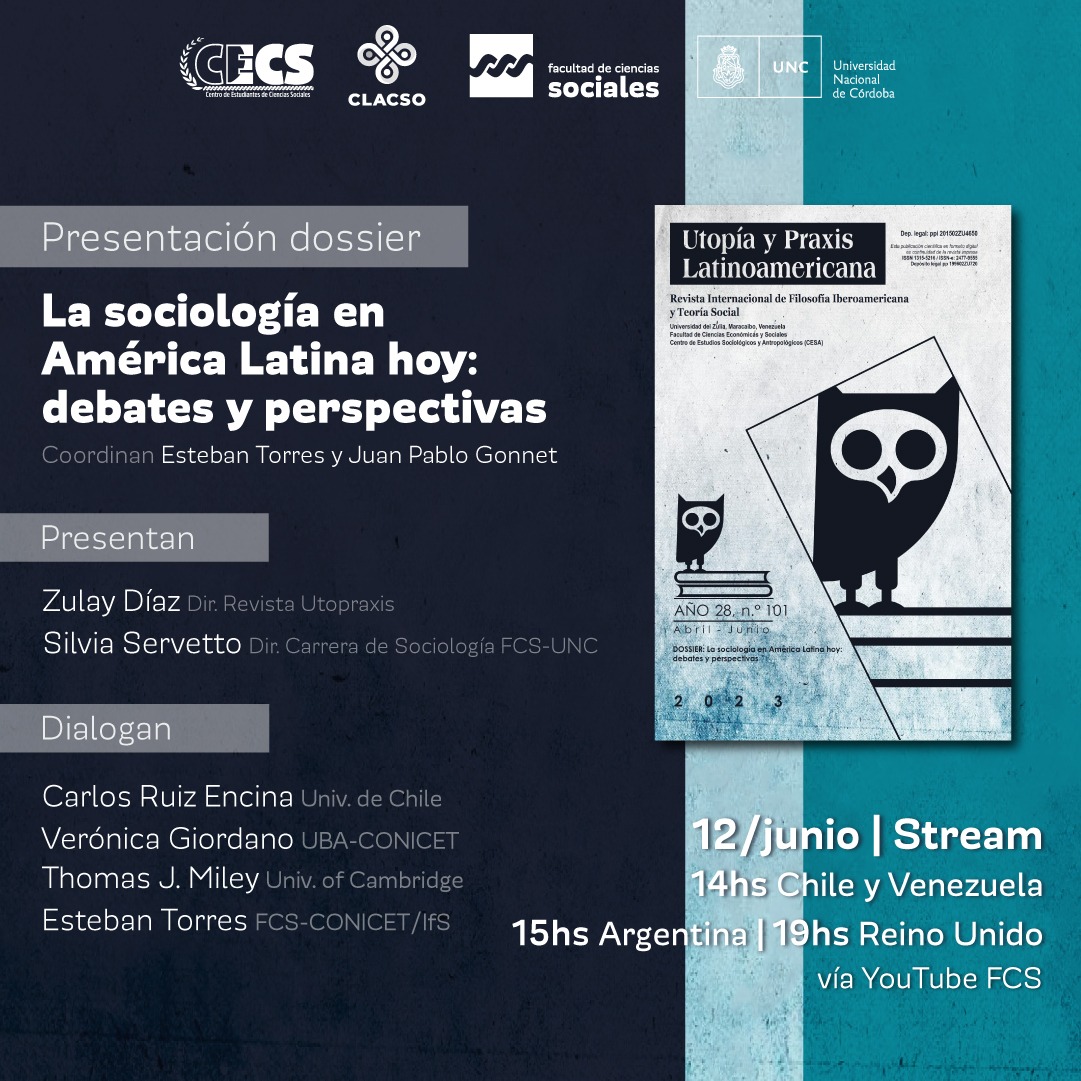Translation Strategies In The Translation Of Idioms In Shakespeare’s Romeo And Juliet
Resumen
ABSTRACT
Translating idioms is challenging for translators due to the cultural differences between a source language and a target language. In this regard, this research aimed to identify the translation strategies adopted by Anani in the translation of Romeo and Juliet, and the extent of the source text (ST) meaning of the idioms was conveyed in the target text (TT). A qualitative analysis was conducted to identify such translation strategies and determine the extent of ST meaning of such idioms was conveyed. Baker’s translation strategies were used as a theoretical framework of the research.
RESUMEN
Traducir modismos es un desafío para los traductores debido a las diferencias culturales entre un idioma de origen y un idioma de destino. En este sentido, esta investigación tuvo como objetivo identificar las estrategias de traducción adoptadas por Anani en la traducción de Romeo y Julieta, y la extensión del significado del texto fuente (ST) de los modismos que se transmitió en el texto objetivo (TT). Se realizó un análisis cualitativo para identificar tales estrategias de traducción y determinar el grado en que se transmitió el significado ST de tales expresiones idiomáticas. Las estrategias de traducción de Baker se utilizaron como marco teórico de la investigación.
Citas
BIBLIOGRAPHY
ABDELAAL, NM, & MD RASHID, S (2015). Semantic Loss in the Holy Qur’an Translation With Special Reference to Surah Al-W a qiAAa (Chapter of The Event Inevitable) SAGE Open, 5(4), p.1.
ADELNIA, A, & DASTJERDI, HV (2011). “Translation of idioms: a hard task for the translator”, in: Theory and Practice in Language Studies, 1(7), pp.879-883.
AKBARI, M (2013). “Strategies for translating idioms”, in: Journal of Academic and Applied Studies (Special Issue on Applied Linguistics) Vol, 3(8), pp.32-41.
AL-HADDAD, K (1994). Investigating Difficulties Faced by Advanced Iraqi Students of English in and Using English Idioms Unpublished MA Thesis, College of Arts, University of Baghdad.
ANANI, M (1993). Romeo and Juliet [translation] Cairo: Egyptian Publishing House.
BAKER, M (2018) In other words: A coursebook on translation Routledge.
CAIN, K, OAKHILL, J AND LEMMON, K (2005). “The relation between children’s reading comprehension level and their comprehension of idioms”, in: Journal of experimental child psychology, 90(1), pp.65-87.
CRESWELL, JW, & CRESWELL, JD (2017). Research design: Qualitative, quantitative, and mixed methods approaches Sage publications.
DAMEN, L, & SAVIGNON, SJ (1987). Culture learning: The fifth dimension in the language classroom (Vol. 11478) Reading, MA: Addison-Wesley Publishing Company.
FENYO, SS (2005). “The Translator’s Cultural Competence”, in: European Integration Studies, 4(2), pp.61-72.
HIGGS, J, & CHERRY, N (2009). “Doing qualitative research on practice”, in: In Writing qualitative research on practice (pp.1-12). Brill Sense.
LAVAL, V (2003). “Idiom comprehension and metapragmatic knowledge in French children”, in: Journal of Pragmatics, 35(5), pp.723-739.
ORDUDARI, M (2007). “Translation procedures, strategies and methods”, in: Translation journal, 11(3), p.8.
RAZMJOU, L (2004). “To be a good translator”, in: Translation Journal, 8(2), Retrieved from https://translationjournalnet/journal/28eduhtm
RICHARDS, JC (2002). Longman Language Teaching and Applied Linguistics. Pearson Education.
ROWE, RC (2004). “Rumour has it--a tale of idioms”, in: Drug discovery today, 9(10), pp.428-429.
SHEIKH, SH (2014). “The Importance of Cultural Awareness in English–Arabic Translation”, in: Arab World English Journal, 3, pp.173-181.
SHOJAEI, A (2012). “Translation of idioms and fixed expressions: strategies and difficulties”, in: Theory and Practice in Language Studies, 2(6), pp.1220-1229.












